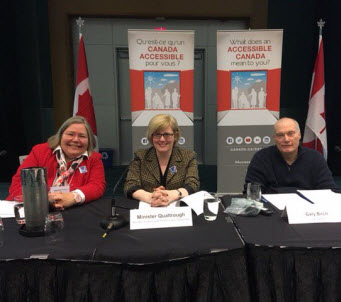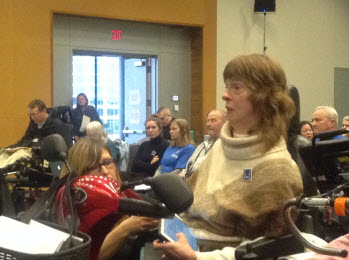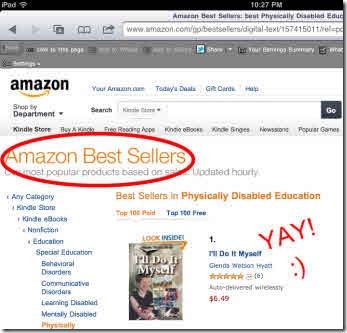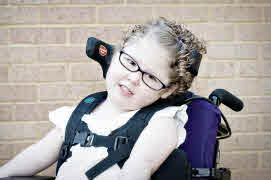RFID Cards for Passengers Unable to Tap Fare Cards: Brilliant Solution, Implementation Sucks!
Prior to TransLink installing the fare gates, people with limited or no hand function did not face a barrier in entering the skytrain stations. As long as they carried Proof of Fare – like all other passengers, they were able to enter the stations – like all other passengers.
The addition of the fare gate meant the addition of a barrier, where one did not exist previously. For some, tapping a card is difficult; for others, impossible. For me, some times it takes two or three taps for the gate to open.
After much discussion, research, head scratching and further discussions, a solution has been found: a Radio Frequency ID (RFID) card that opens the gate when the passenger nears. Brilliant! Apparently the first in the world.
I’m assuming RFID card also has the capacity to pay the fare; I’m not looking for a free ride.
Brilliant solution. However, the current implementation sucks.
People requiring this solution to the barrier need to apply for a RFID card. This means completing a form – name, birthdate, contact info, disability, reason why unable to open gate – requiring a medical practioner’s signature. A signature that often comes with a fee.
This means TransLink has this personal information about one segment of its customers that is not required from other passengers. Another tiny piece of me to sit in some file, some database, somewhere.
The application process also involves an assessment by a TransLink-appointed healthcare professional at a SkyTrain station. I’m guessing to determine whether or not the applicant is able to tap. I’d hope I was having a snazzy day, otherwise I probably will not be eligible for this futuristic card.
Imagine if the same implementation was used for elevators – the solution for those unable to use stairs; that people requiring the elevator needed to apply and provide medical documentation.
Imagine how fewer people would be using the elevators; only people needing the elevators would be the ones using them.
Imagine the less wear and tear; the savings in elevator maintenance and repair.
Imagine the public outcry!
Imagine if all fare cards were RF enabled. That would be universal design.
http://www.cbc.ca/news/canada/british-columbia/translink-disabled-system-1.4500478
If you enjoyed this post, consider buying me a chai tea latte. Thanks kindly.



 Monday was exam day for my eyes. It didn’t go as well as it could have. Not because my eyes did poorly, but because of the body they inhabit. The jerky, constantly moving, speech impaired body that the optometrist was not enlightened to deal with.
Monday was exam day for my eyes. It didn’t go as well as it could have. Not because my eyes did poorly, but because of the body they inhabit. The jerky, constantly moving, speech impaired body that the optometrist was not enlightened to deal with. The day after being told by Texas Department of Assistive & Rehabilitative Services that then 3-year old Caleigh would need to
The day after being told by Texas Department of Assistive & Rehabilitative Services that then 3-year old Caleigh would need to 
 Subscribe via RSS
Subscribe via RSS



